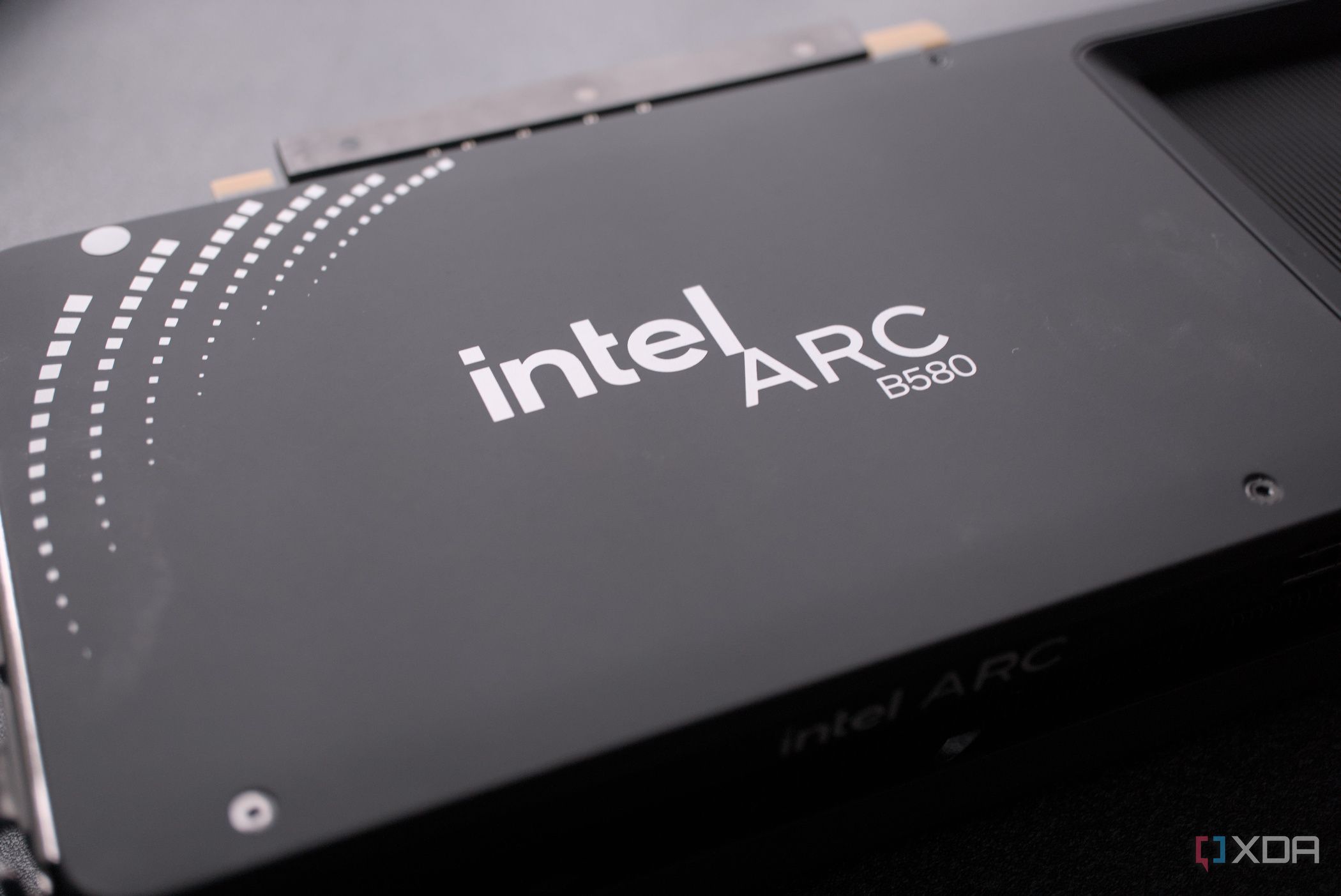Top Stories
Intel’s Arc GPUs Face Crucial Challenges Ahead of Celestial Launch

UPDATE: Intel’s Arc GPUs are facing significant hurdles as the tech giant prepares for the upcoming launch of its Celestial series. With gamers eager for new options, industry insiders highlight three critical issues that Intel must address to compete effectively against AMD and NVIDIA.
Recent evaluations show that while Intel’s Arc series has made strides, especially with the launch of the Battlemage graphics cards, the company still trails behind in essential areas such as driver stability, ecosystem support, and competitive pricing. As of now, Intel’s driver ecosystem has achieved 87% day-zero support across 39 titles since the B-series launch. However, NVIDIA boasts a nearly flawless 95% support rate across 50-60 major games in 2025, putting Intel at a disadvantage.
The gaming community is closely monitoring Intel’s progress, especially in light of recent Starfield launch issues that left many users frustrated due to crashes related to DirectX 12. This instability raises doubts about the reliability of Intel’s offerings for serious gamers looking for seamless performance.
Another major concern is the limited adoption of Intel’s XeSS upscaling technology, which currently supports only 200-250 titles compared to NVIDIA’s robust library of over 700 games utilizing DLSS. As developers increasingly prioritize NVIDIA’s superior technology, Intel’s efforts to improve XeSS must ramp up to ensure its competitiveness in the market.
Price-to-performance ratios also present a challenge. The Arc B580 debuted with a promising MSRP of $249, but as retail prices approach the RTX 4060 Ti range, the value proposition diminishes. Gamers are finding it more reasonable to invest an additional $30-$50 for NVIDIA’s superior driver support and features, such as DLSS and Reflex.
Intel must enforce strict pricing discipline to maintain its competitive edge. Without clear tier segmentation and retail pricing aligned with its value proposition, the Arc lineup risks losing its appeal among budget-conscious consumers. The company’s ability to convert curiosity into loyalty hinges on resolving these issues.
Gaming enthusiasts express both excitement and skepticism regarding Intel’s potential in the GPU market. The Arc series represents a bold move from Team Blue, signaling their capability to compete. However, as one gamer noted, “Strong hardware alone isn’t enough; the experience must be as dependable as NVIDIA’s.”
Looking ahead, industry watchers will be keen to see how Intel addresses these challenges before the Celestial launch. Will they enhance driver reliability, broaden XeSS adoption, and maintain competitive pricing? The answers could determine Intel’s future in the GPU market.
As developments unfold, the gaming community remains hopeful yet cautious. Enthusiasts are waiting for Intel to prove that its innovations can deliver the performance and reliability needed for a permanent place in their gaming setups. Until then, the Arc series remains an intriguing yet unproven option for many.
Stay tuned for more updates on Intel’s GPU journey and what it means for the future of gaming technology.
-

 Science2 weeks ago
Science2 weeks agoUniversity of Hawaiʻi Joins $25.6M AI Project to Monitor Disasters
-

 Business3 weeks ago
Business3 weeks agoForeign Inflows into Japan Stocks Surge to ¥1.34 Trillion
-

 Top Stories3 weeks ago
Top Stories3 weeks agoMarc Buoniconti’s Legacy: 40 Years Later, Lives Transformed
-

 Top Stories3 weeks ago
Top Stories3 weeks agoBOYNEXTDOOR’s Jaehyun Faces Backlash Amid BTS-TWICE Controversy
-

 Health3 weeks ago
Health3 weeks agoInnovative Surgery Restores Confidence for Breast Cancer Patients
-

 Sports1 month ago
Sports1 month agoSteve Kerr Supports Jonathan Kuminga After Ejection in Preseason Game
-

 Science1 month ago
Science1 month agoChicago’s Viral ‘Rat Hole’ Likely Created by Squirrel, Study Reveals
-

 Entertainment1 month ago
Entertainment1 month agoZoe Saldana Advocates for James Cameron’s Avatar Documentary
-

 Top Stories3 weeks ago
Top Stories3 weeks agoCarson Wentz Out for Season After Shoulder Surgery: Urgent Update
-

 Lifestyle1 month ago
Lifestyle1 month agoKelsea Ballerini Launches ‘Burn the Baggage’ Candle with Ranger Station
-

 Politics1 month ago
Politics1 month agoDallin H. Oaks Assumes Leadership of Latter-day Saints Church
-

 Lifestyle1 month ago
Lifestyle1 month agoDua Lipa Celebrates Passing GCSE Spanish During World Tour









